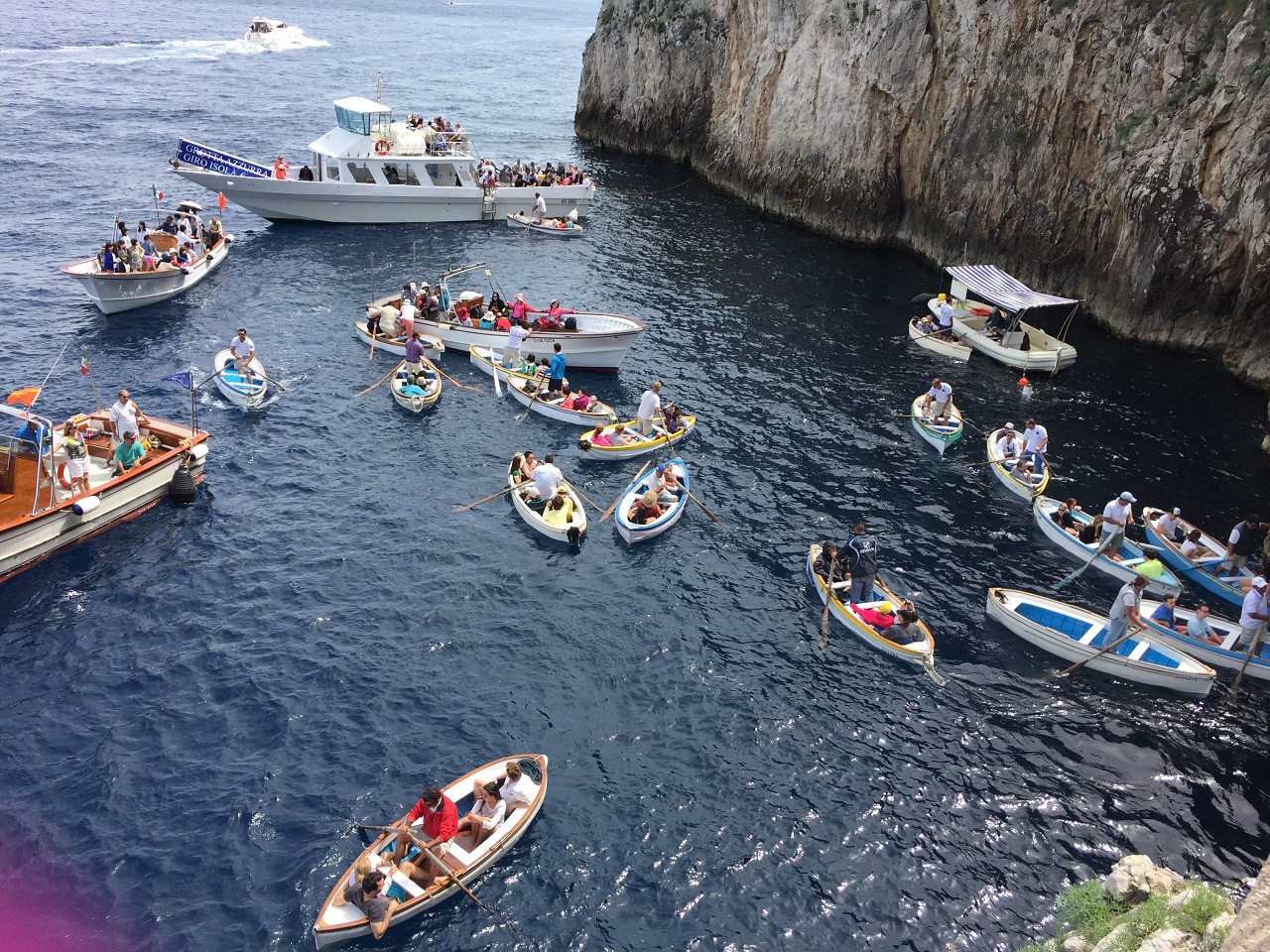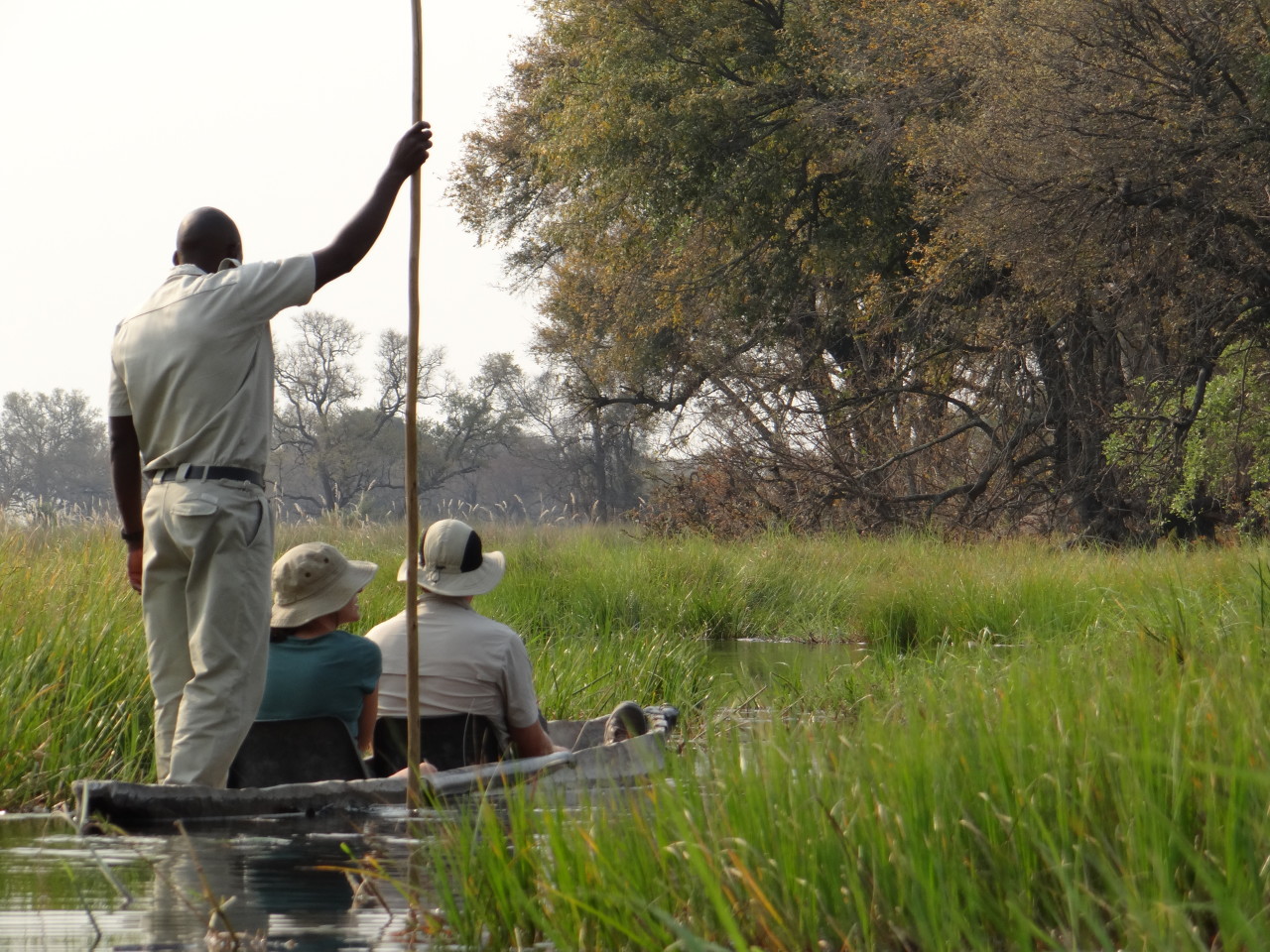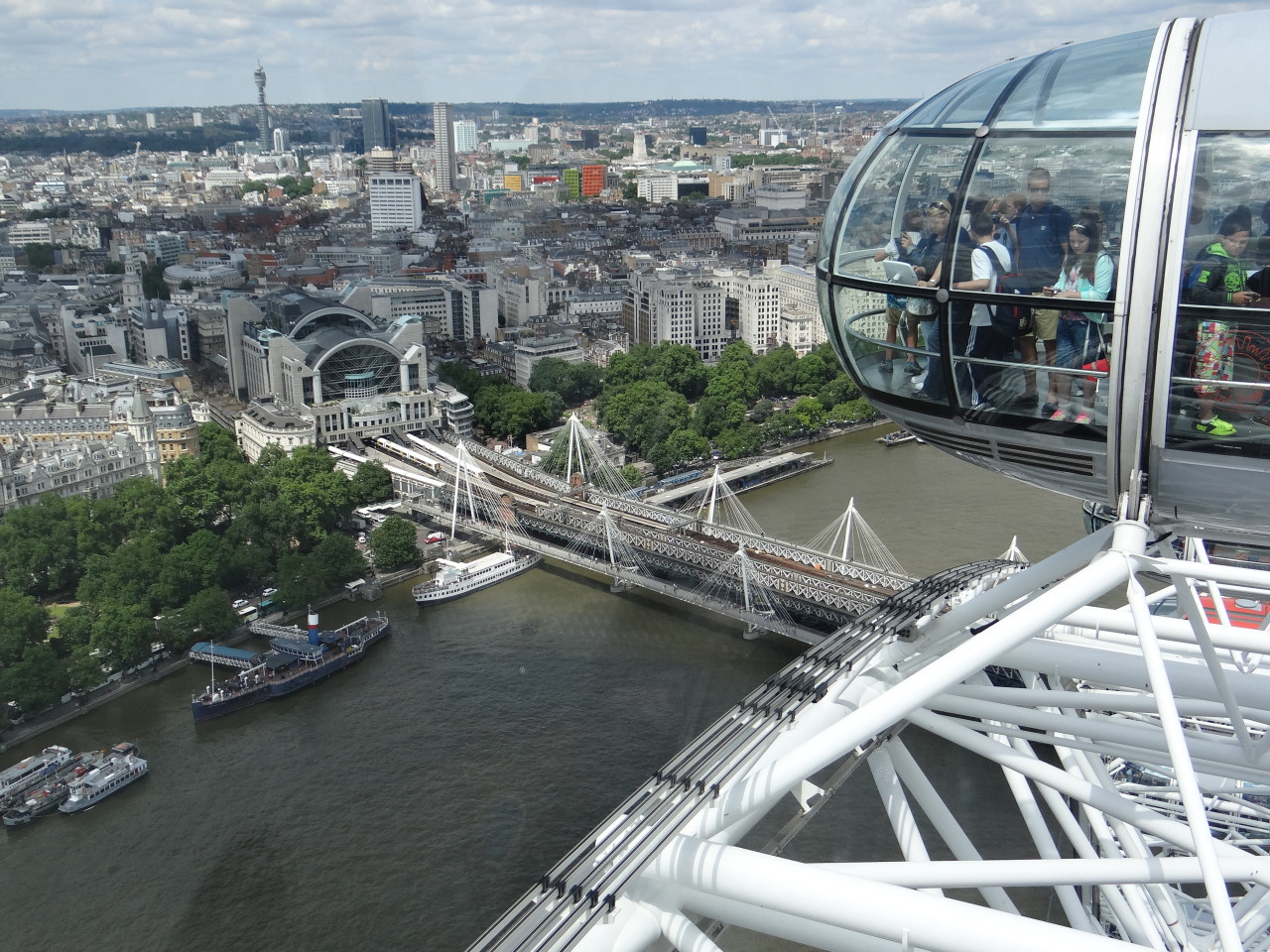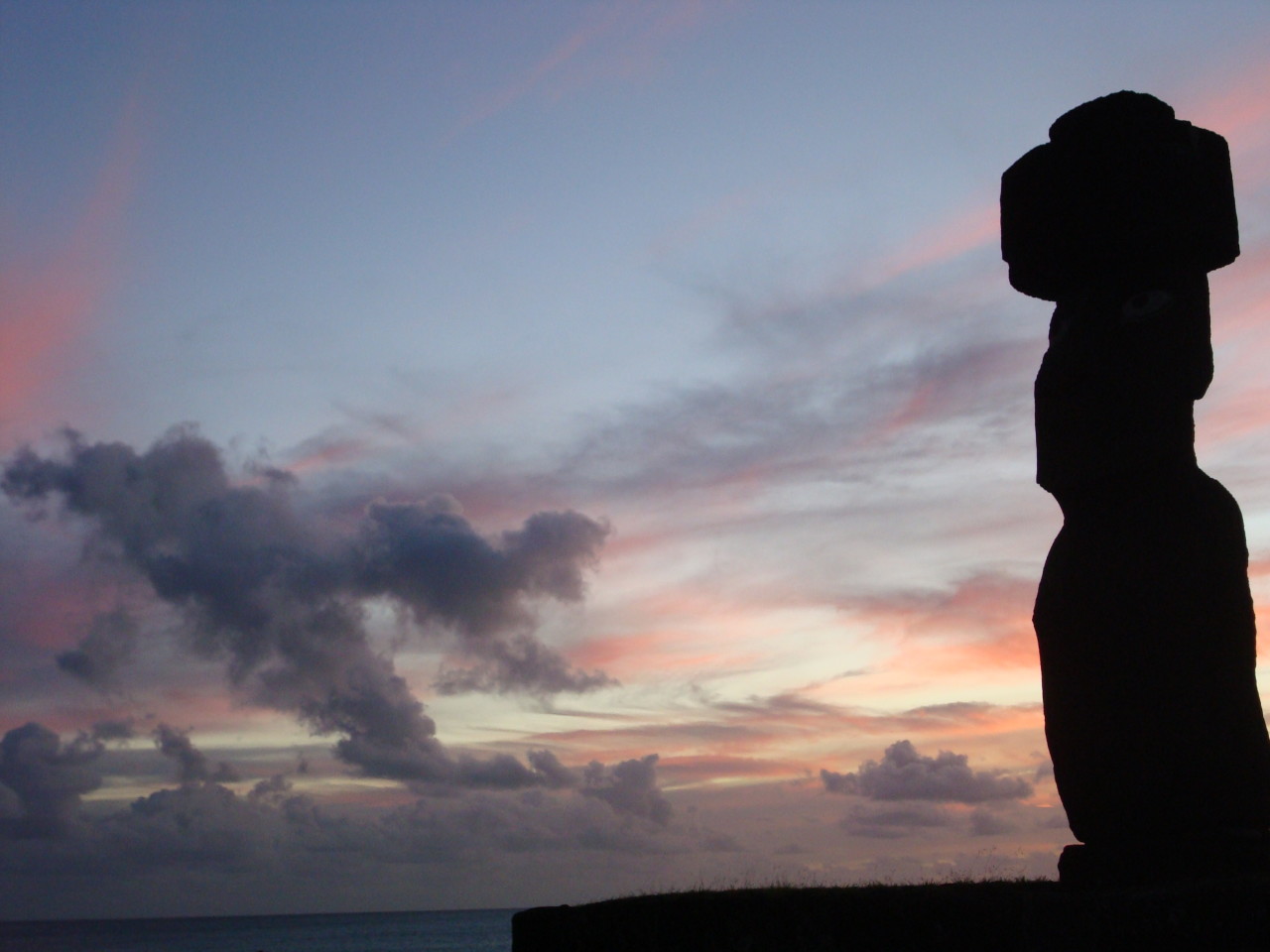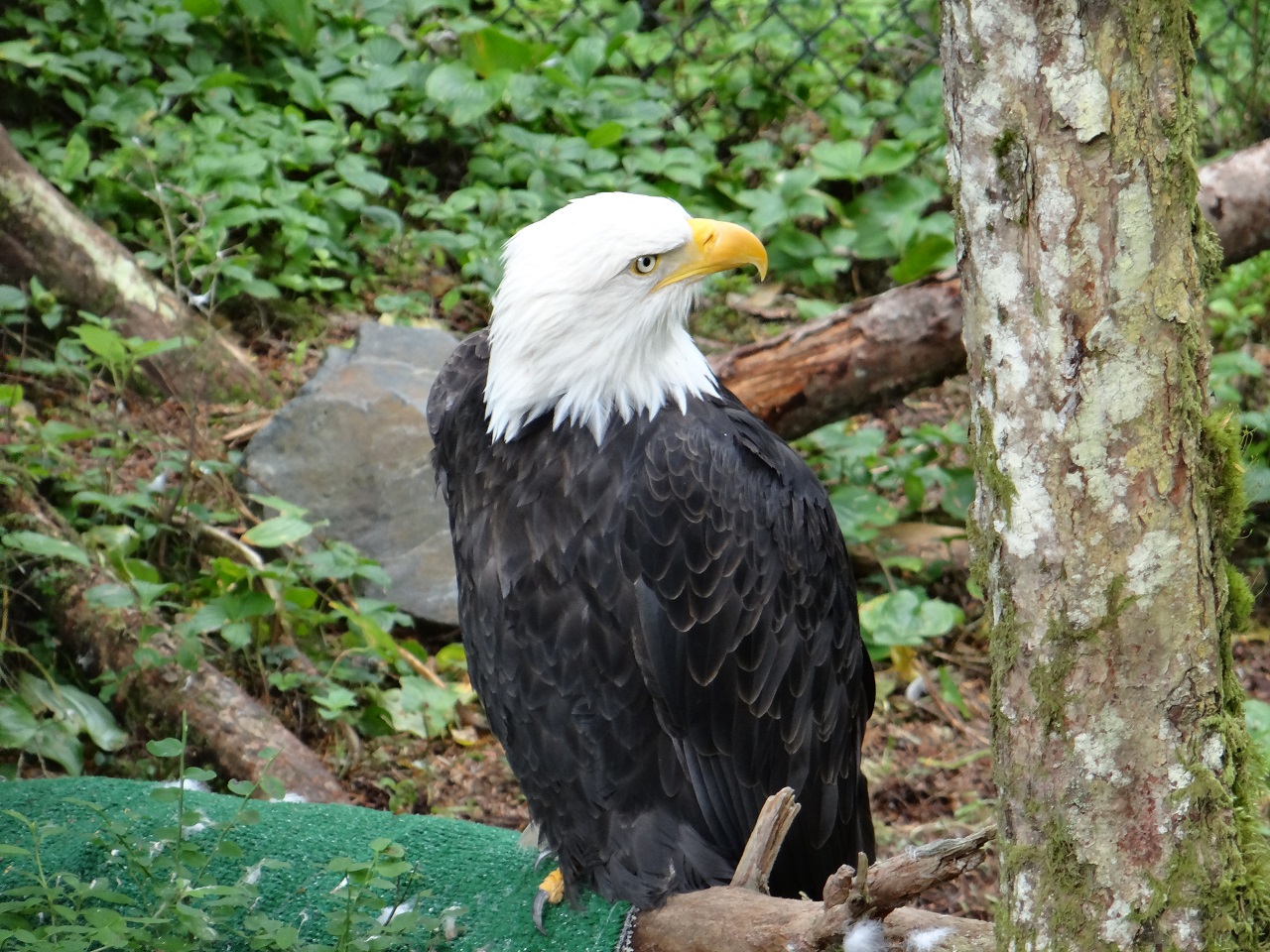
The American Bald Eagle, a symbol of American pride. To see an eagle fly is quite simply beautiful with its long wings and soaring paths. But for many birds, including the bald eagle in Alaska, there are many hazards – namely cars in towns. When a bird is injured, they can be sent to the Alaska Raptor Center in Sitka with the hope of flying again. For those who can no longer fly they can become a “raptor in residence” to help educate visitors and schoolchildren around the country. This non-profit started in 1980 in the backyard of two local Sitka residents and has grown to the 17 acre property along the Indian River. Each year the Alaska Raptor Center sees 100-200 patients – bald eagles, owls and other birds like falcons and hawks – in their facility with the hope of repairing, rehabbing and releasing them back into the world.
Visit the Alaska Raptor Center in Sitka
The Alaska Raptor center is easily reached by bus, cab, local tours and ship tours in Sitka, Alaska. The admission fee is minimal (2017 prices were $13 adult/$6 child). My visit was a combination ship tour which consisted of three parts – a nature cruise, visit to the Alaska Raptor Center and a visit to the Fortress of the Bear.

Visitors are welcomed by a staff member and given insight into the center’s mission and guests. A “raptor” is a meat eating bird that hunts for its food. They have sharp eyesight, talons (claws on feet) and hooked beaks.

We were then led to an enclosed darkened room, the Bald Eagle Flight Training Center, which was pretty cool to see the birds flying about (or trying to). It was amazing to see so many bald eagles in one place but at the same time sad. Sad, because you don’t know if they will ever fly again. What happens to your spirit when you can’t do the one thing you were meant to do, meant to be, the essence of who you are? I had hope that they will all fly again and have a release event to fly back into the wild.

The groups were then lead into a larger room with interactive displays (for kids), a window looking into the bird clinic (hospital) and information about the birds. A staff member then entered with a guest on her arm – the kids all let out a “wow”. I was surprised by the size of the Bald Eagle on her arm (which was a youngster!). We would learn that the eagle was named “Spirit” (by Alaska Airlines) and was just over a year old. She was injured and brought to the center for rehab. While she can fly, due to her head tilt and limited vision in her left eye, she can not be released into the wild as she won’t survive with the vision deficiency. The dangers to the birds are mostly man made – power lines, gunshots, cars, chemicals, etc.


Once the show was over, I went to see the pigmy owls – they looked fake, like little dolls but they are in fact real and reside by the office. I was then left to wander the grounds outside to see the variety of birds in residence – including a snow owl (I had a Harry Potter Studio flashback). With not enough time to explore the vast property, I stayed close to see another staff member talk about another bird guest. Up close and personal, they are quite stunning – the intricate wings, feathers, beaks, talons and eyes.

In the outside habitat, there is an area with three Bald Eagles named Sunset, Thor and Titan that arrived at the center from a Raptor trainer who could no longer care for the birds. Another enclosure contained Volta who arrived in 1992 after an injury with a power line. Volta arrived with normal injuries – concussion, electrocution, bone fractures, etc. but it was the shoulder injury that would keep him grounded. When the birds can no longer fly they are used for captive breeding programs (which release offspring back into the wild), sent to zoos/reserves for education and a few remain at the Raptor Center.



How You Can Help the Alaska Raptor Center
The work that the Raptor Center is doing is quite admirable. They are a non-profit supported by visitors, members and donations. If you want to help their mission – look at the options online (donation, shopping, membership, etc.) one which includes “Adopt a Raptor“. You can read the stories about each of the birds in residence and how they came to Raptor Center. You can “adopt a raptor” with a donation of $75 (individual) or $95 (classroom).

Every day the staff members and volunteers of the Alaska Raptor Center (and Raptor Centers around the country) work tirelessly in their efforts to rehabilitate the eagles and other birds because the goal is to set them free. For the grounded residents, they try to make their lives as good as they can as members of the family of raptors onsite. It’s a labor of love by all – you can hear their passion in their talks and see their passion in how they handle the birds and visitors.


